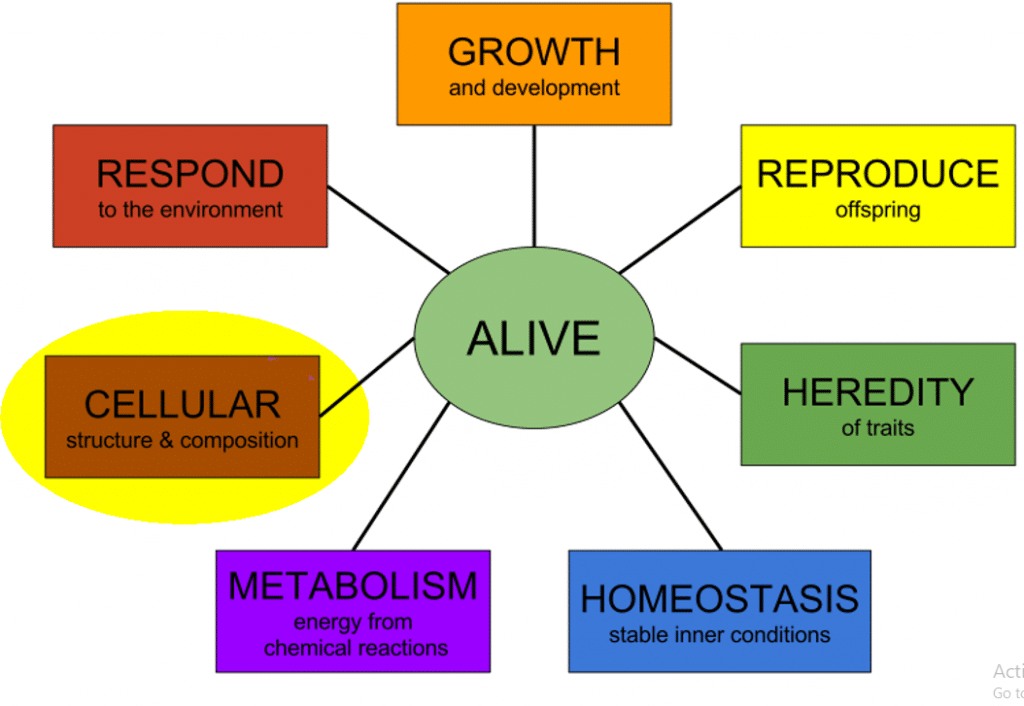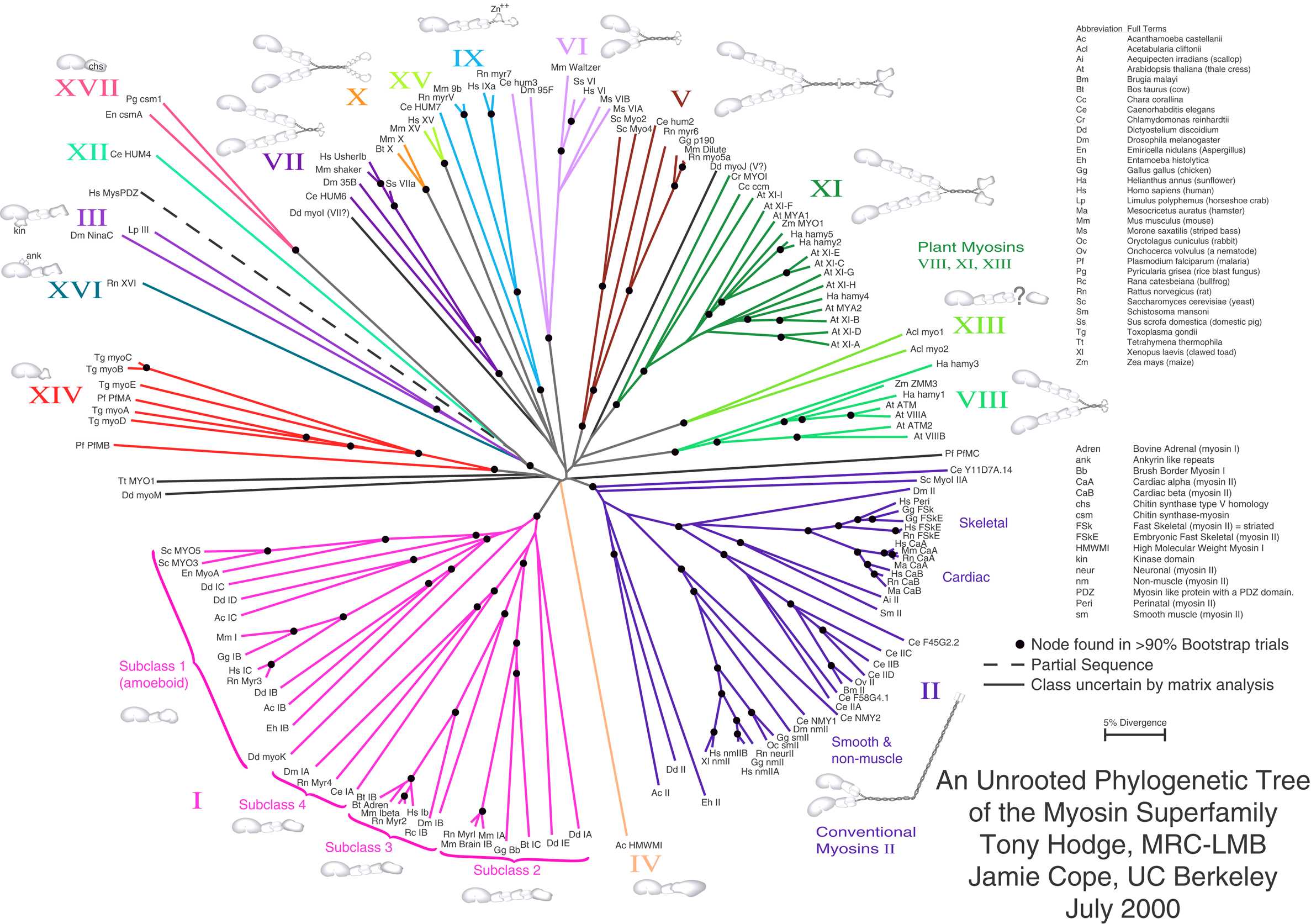
However, scientists now know that these two domains are hardly similar and are internally wildly different. Initially, due to their physical similarities, Archaea and Bacteria were classified together and called "archaebacteria". Ĭarl Woese made a revolutionary breakthrough when, in 1977, he compared the nucleotide sequences of the 16s ribosomal RNA and discovered that the rank, domain, contained three branches, not two like scientists had previously thought. This system was further improved by the studies of Charles Darwin later on but failed to properly classify the domain, Bacteria, due to it having very few observable features to compare to the other domains. Development of the Domain System Ĭarolus Linnaeus made the classification of domain popular in the famous taxonomy system he created in the middle of the eighteenth century. This term represents a synonym for the category of dominion (Lat.


The term domain was proposed by Carl Woese, Otto Kandler, and Mark Wheelis (1990) in a three-domain system. Alternatives to the three-domain system include the earlier two-empire system (with the empires Prokaryota and Eukaryota), and the eocyte hypothesis (with two domains of Bacteria and Archaea, with Eukarya included as a branch of Archaea). Non-cellular life is not included in this system. All organisms that have a cell nucleus and other membrane-bound organelles are included in Eukarya and are called eukaryotes. The first two are all prokaryotes, single-celled microorganisms without a membrane-bound nucleus. Īccording to the domain system, the tree of life consists of either three domains such as Archaea, Bacteria, and Eukarya, or two domains consisting of Archaea and Bacteria, with Eukarya included in Archaea. It was introduced in the three-domain system of taxonomy devised by Carl Woese, Otto Kandler and Mark Wheelis in 1990. In biological taxonomy, a domain ( / d ə ˈ m eɪ n/ or / d oʊ ˈ m eɪ n/) ( Latin: regio ), also dominion, superkingdom, realm, or empire, is the highest taxonomic rank of all organisms taken together. Intermediate minor rankings are not shown.

Life is divided into domains, which are subdivided into further groups. "What's less accepted is that our whole fundamental view of biology needs to change.Taxonomic rank The hierarchy of biological classification's eight major taxonomic ranks. "The tree of life is being politely buried," said Michael Rose, an evolutionary biologist at the University of California, Irvine. The findings mean that to link species by Darwin's evolutionary branches is an oversimplification. The same chunk is missing from chickens, elephants and humans, suggesting it must have become wedged into the genomes of some animals by crossbreeding. Last year, scientists at the University of Texas at Arlington found a strange chunk of DNA in the genetic make-up of eight animals, including the mouse, rat and the African clawed frog. According to some estimates, 10 per cent of animals regularly form hybrids by breeding with other species.

Microbes swap genetic material so promiscuously it can be hard to tell one type from another, but animals regularly crossbreed too - as do plants - and the offspring can be fertile. The result is a messier and more tangled "web of life". Genetic tests on bacteria, plants and animals increasingly reveal that different species crossbreed more than originally thought, meaning that instead of genes simply being passed down individual branches of the tree of life, they are also transferred between species on different evolutionary paths. "We have no evidence at all that the tree of life is a reality," Eric Bapteste, an evolutionary biologist at the Pierre and Marie Curie University in Paris, told New Scientist magazine. Darwin himself also wrote about evolution and ecosystems as a "tangled bank". But modern genetics has revealed that representing evolutionary history as a tree is misleading, with scientists saying a more realistic way to represent the origins and inter-relatedness of species would be an impenetrable thicket.


 0 kommentar(er)
0 kommentar(er)
